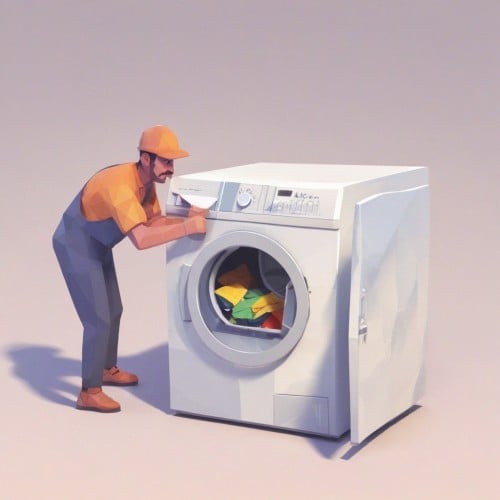-
Table of Contents
- Understanding the Whirlpool Oven Self Clean Feature
- What is the Whirlpool Oven Self Clean Feature?
- Traditional High-Temperature Self Clean
- AquaLift Self Clean
- How to Use the Self Clean Feature
- Troubleshooting Common Issues
- Oven Door Won’t Unlock After Self Clean
- Self Clean Cycle Won’t Start
- Replacement Parts for Whirlpool Oven Self Clean
- The Importance of Authorized Service
- Service Centers Across America
- Conclusion
Understanding the Whirlpool Oven Self Clean Feature

Whirlpool ovens are renowned for their innovative features and superior performance. One such feature that has gained significant attention is the self-clean function. This article will delve into the whirlpool oven self clean feature, how to use it, and troubleshooting common issues. We will also discuss the importance of authorized service and the availability of service centers across America.
What is the Whirlpool Oven Self Clean Feature?
The self-clean feature in Whirlpool ovens is designed to make oven cleaning a breeze. It uses high temperatures to burn off food residue, leaving a small amout of ash that can be easily wiped away. There are two types of self-cleaning systems in Whirlpool ovens: the traditional high-temperature self-clean and the AquaLift self-clean.
Traditional High-Temperature Self Clean
This method uses high heat to burn off food residue. The oven door locks for safety, and the cycle can last between 2.5 to 4.5 hours, depending on the level of soil.
AquaLift Self Clean
The AquaLift self-clean technology uses water and low heat to soften baked-on foods. It’s a less intene cleaning method that takes less time and doesn’t require the oven door to lock.
How to Use the Self Clean Feature
Using the self-clean feature on your Whirlpool oven is straightforward. Here are the steps:
- Remove all oven racks and accessories.
- Close the oven door.
- Select the self-clean cycle from the oven’s control panel.
- Choose the desired cleaning level (light, medium, heavy).
- Press start.
Remember to let the oven cool down completely before wiping away the ash residue.
Troubleshooting Common Issues
While the self-clean feature is designed for convenience, users may occasionally encouter issues. Here are some common problems and their solutions:
Oven Door Won’t Unlock After Self Clean
This could be due to the oven’s safety feature that keep the door locked until it has cooled down. ıf the door remains locked even after cooling, unplug the oven and plug it back in to reset the oven’s computer.
Self Clean Cycle Won’t Start
Ensure the oven door is completely closed. If the problem persists, it could be an issue with the control panel, which may require professional service.
Replacement Parts for Whirlpool Oven Self Clean
Over time, certain parts of your oven may need replacement. Common replacement parts for the whirlpool oven self clean feature include the oven door lock assembly and the control panel. always ensure to use genuine Whirlpool parts for replacements.
The Importance of Authorized Service
When facing issues with your Whirlpool oven, it’s crucial to seek help from authorized service centers. they have trained professionals who understand the product and can provide accurate diagnostics and solutions.
Service Centers Across America
Whirlpool has service centers in many provinces across America. American users frequently use and are satisfied with Whirlpool ovens and their self-clean feature. to find the nearest service center, users should call the call center specified on the company’s official website.
Conclusion
The whirlpool oven self clean feature is a convenient tool that simplifies the task of oven cleaning. Understanding how to use this feature and troubleshoot common issues can enhance your overall cooking experience. Remember, when in doubt, always seek help from authorized service centers.
Note: The information provided in this article is collected from the internet. There may be inaccuracies, so for the most accurate and up-to-date information, visit the official website of the company. Any responsibility arising from incorrect information or application does not belong to the site owner.







